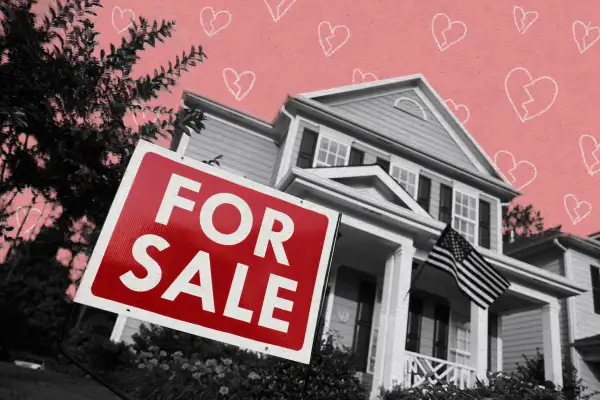Homebuyer Heartbreak: 4 Facts That Show How Much Harder It Is to Buy a House Now

COVID-19 has made the past two years brutal for prospective homebuyers, and, unfortunately, there’s no relief in sight.
Prices continue to climb, the bidding process is more competitive than ever, and there just aren’t enough homes on the market to satisfy America’s seemingly insatiable demand for real estate. And with mortgage rates rising ahead of planned interest rate hikes at the Federal Reserve, the extra expenses don’t stop once the deal is closed. Higher mortgage rates mean higher monthly payments.
All those changes have happened incredibly quickly, spurred on by massive disruptions in how we live and work amid the coronavirus crisis. A new report from real estate firm Redfin lays out just how much the housing market has changed since the onset of the pandemic in March 2020.
Here are four statistics that show just how hard it’s gotten to buy a new home, according to Redfin.
34%
That’s how much home prices have grown over the last two years. In March 2020, the median home sale price was $276,225. This week, it was a whopping $369,125 — the highest it’s ever been.
FYI: Real estate firm Zillow expects home prices to soar another 17.3% by January 2023.
456,000
That’s how many homes were on the market as of this week, according to Redfin — half the roughly 911,000 active listings that were on the market during the same week two years ago.
Fewer homes on the market mean fewer options for prospective buyers, and that imbalance is part of the reason why prices are rising.
25 days
That’s how much time the typical home spends on the market before selling. According to Redfin’s data, 45% of homes get sold within just one week of listing.
“The shortage of inventory has led to a fast pace of sales, with buyers snapping up properties as soon as they hit the market,” George Ratiu, a senior economist at Realtor.com, said in a recent news release.
Two years ago, the typical home spent 53 days on the market.
70%
That’s the portion of home offers that were part of a bidding war this past January, according to Redfin data (which covers offers written by agents affiliated with the firm). It was the most competitive month ever for homebuyers. In April 2020, just 33% of Redfin home offers were met with competition from other bidders.
All that competition means that a growing portion of buyers are paying above list price for their new homes — 46% of homes sold above their asking price this month, Redfin found, compared to 22% in March 2020.
Of course, the difficult buying climate hasn't deterred the most tenacious prospective buyers. Some three-quarters of those who failed to buy a home last year plan to try again in 2022, and they're ready to try new tactics this year — like expanding their searches — to ensure they close the sale.
More from Money:
Typical Listing Price for a House Nears $400,000 as the Spring Buying Frenzy Begins Early
Rich Out-of-Town Buyers Are Making It Hard for Locals to Afford Homes in Their Own Cities
Cars, Refrigerators and Other Purchases Americans Are Putting off Because of Inflation
